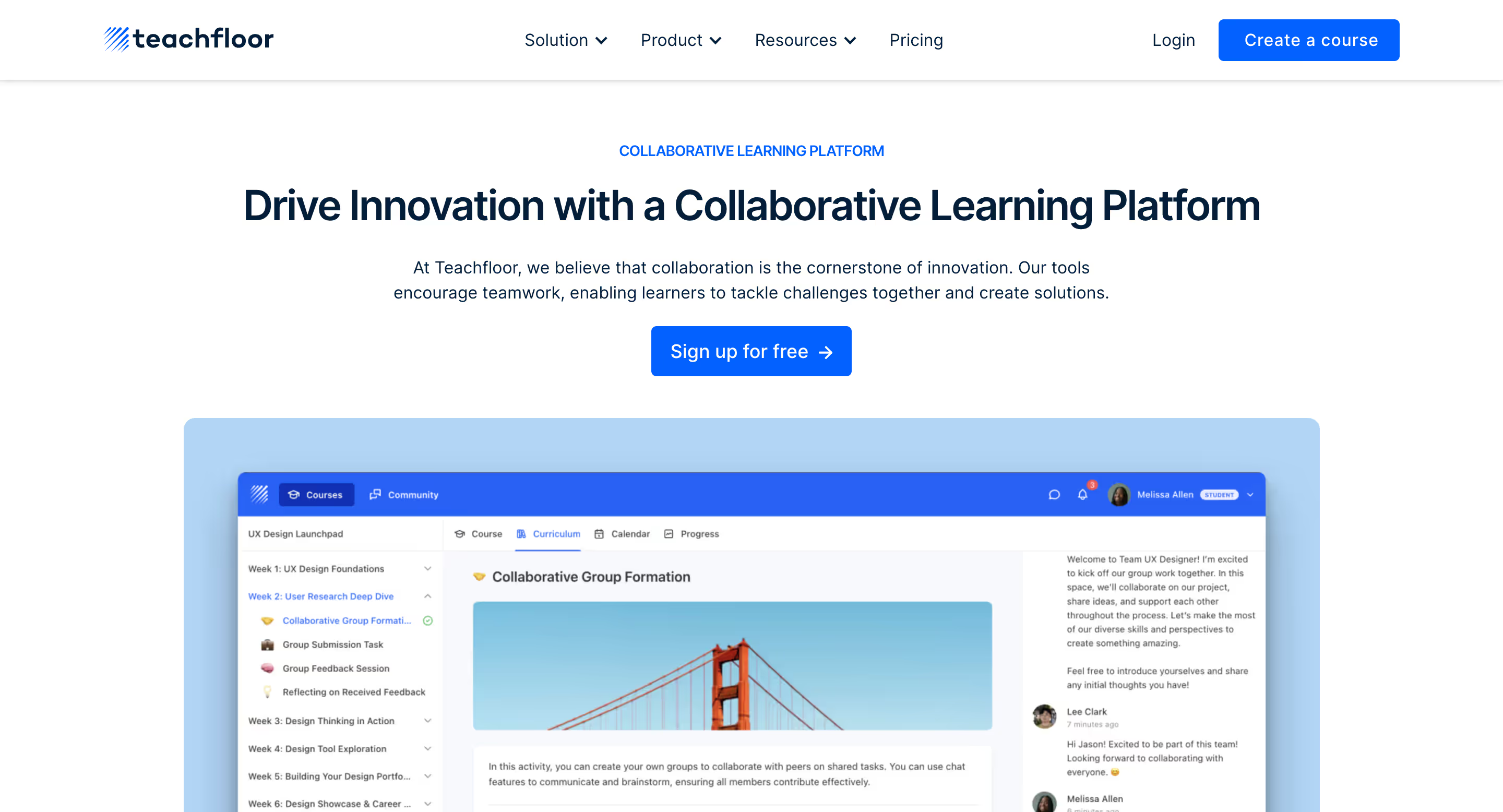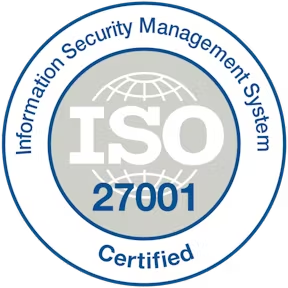Learning Business Process Outsourcing, often referred to as LBPO, is a strategy organizations use to delegate parts of their training and development operations to external partners.
Instead of managing every element of learning in-house, companies turn to specialized providers who bring expertise, technology, and scalable resources.
The concept has grown as training needs have become more complex and global. Businesses today face rapid changes in skills requirements, compliance standards, and digital learning methods.
For many learning leaders, LBPO offers a way to keep pace with these demands while ensuring training programs remain effective and aligned with business goals.
This article explores what LBPO means in practice, which services are typically included, and how organizations can benefit from it.
It also looks at potential challenges, the criteria for choosing a partner, and how success can be measured. By the end, learning professionals will have a clear view of where LBPO fits within a modern learning strategy.
What is Learning Business Process Outsourcing?
Learning Business Process Outsourcing, or LBPO, is the practice of transferring specific learning and development functions to an external service provider. These functions can include designing training programs, developing digital learning content, administering an LMS, delivering courses, and managing reporting.
The scope depends on what an organization chooses to outsource and what it prefers to keep in-house.
LBPO differs from general Business Process Outsourcing because it focuses exclusively on learning and training operations. While traditional BPO might cover areas such as finance, customer service, or HR, LBPO providers specialize in helping organizations manage the entire learning lifecycle.
This specialization gives companies access to skilled instructional designers, facilitators, learning technologists, and analytics experts without having to build or maintain large internal teams.
The approach is not about handing over control but about creating a partnership. Organizations define the strategic direction of their learning programs, while the provider takes on the operational tasks needed to deliver them effectively.
This division allows internal teams to focus on aligning training with business objectives while the outsourced partner handles the execution.
Key Drivers of LBPO Adoption
Organizations adopt Learning Business Process Outsourcing for a mix of strategic and practical reasons. The decision often stems from the need to balance efficiency, expertise, and agility in delivering learning programs. Some of the main drivers include:
Cost efficiency
Outsourcing reduces the expense of maintaining large internal L&D teams, infrastructure, and technology. Companies can shift from fixed costs to a more flexible model that scales with demand.
Access to specialized expertise
LBPO providers bring in-depth knowledge of instructional design, digital content creation, and learning technologies. This expertise ensures training programs meet professional standards and reflect the latest methods.
Faster deployment of training
External partners often have ready-made frameworks, tools, and processes that speed up the rollout of new courses. This is especially valuable when organizations face regulatory deadlines or urgent reskilling needs.
Focus on strategic priorities
By outsourcing operational tasks such as LMS administration or routine course delivery, internal teams can concentrate on aligning learning initiatives with broader business goals.
Scalability across regions and audiences
Global organizations benefit from LBPO providers that can support multiple languages, cultural contexts, and compliance requirements. This scalability is difficult to achieve with limited internal resources.
Core Services Provided in LBPO
Learning Business Process Outsourcing covers a wide set of services that can be tailored to an organization’s needs. While the exact scope depends on the provider and the agreement, the following are the most common areas of support:
Content design and development
Providers create training materials ranging from eLearning modules to blended and microlearning programs. This often includes needs analysis, instructional design, multimedia production, and localization for global audiences.
Training delivery and facilitation
LBPO partners supply instructors and facilitators for both virtual and classroom-based training. They can also manage logistics such as scheduling, enrollment, and learner communications.
Learning technology management
A major service area involves managing learning platforms like LMS or LXP systems. This can include user administration, integrations with HR systems, technical support, and data maintenance.
Assessment and analytics
Providers track learner progress, manage assessments, and produce reports on engagement, compliance, and performance. These insights help organizations evaluate the impact of training and identify areas for improvement.
Talent and skills outsourcing
Some LBPO arrangements extend to staffing, where providers supply instructional designers, training coordinators, or learning consultants on demand. This ensures organizations have access to the right expertise without expanding headcount.
LBPO vs Traditional L&D Models
Traditional learning and development models rely on in-house teams to manage most aspects of training. Internal staff design content, administer the learning platform, deliver courses, and track outcomes.
This approach offers direct control and alignment with company culture but often requires significant investment in people, tools, and time.
Learning Business Process Outsourcing takes a different path. Instead of building large internal departments, organizations partner with external providers who handle selected functions or the full learning lifecycle.
The company still defines its strategy and learning goals, while the provider executes the operational side of training.
In practice, many organizations adopt a hybrid model. Core programs that are central to the company’s identity, such as leadership development, may remain in-house.
Functions that demand scale, speed, or technical expertise, like LMS administration or compliance training, are outsourced. This balance allows organizations to maintain control over critical learning areas while benefiting from the efficiency and specialization that LBPO delivers.
How to Select an LBPO Partner
Choosing the right Learning Business Process Outsourcing partner is critical to the success of any outsourcing strategy. The process goes beyond cost and requires a close look at the provider’s expertise, reliability, and ability to align with organizational goals.
Define your scope and priorities
Before evaluating vendors, clarify which functions you want to outsource and what outcomes you expect. This helps in comparing providers based on relevant capabilities rather than general offerings.
Evaluate expertise and track record
Look for providers with proven experience in your industry or with similar training needs. Case studies, references, and certifications can give insight into their ability to manage complex learning programs.
Assess technology and infrastructure
An effective partner should be able to manage or integrate with your learning platforms and provide secure, scalable technology. Consider their support for data privacy, compliance requirements, and analytics.
Examine service quality and governance
Service-level agreements (SLAs) and clear performance metrics are essential. These define expectations for response times, learner support, uptime, and reporting accuracy. Strong governance ensures the relationship remains transparent and measurable.
Cultural and communication fit
Successful outsourcing requires collaboration. Assess how well the provider communicates, adapts to your organizational culture, and responds to feedback. A good cultural fit can reduce misunderstandings and build trust.
Flexibility and scalability
The best LBPO partners can adapt their services as your needs change. Check whether they offer modular services that can expand or scale back without major disruption.
Measuring Success in LBPO
Once an organization begins working with a Learning Business Process Outsourcing partner, the next step is to ensure the collaboration delivers value. Success can be measured by combining learning metrics with business outcomes to see whether the outsourcing arrangement is achieving its intended goals.
Define clear performance indicators
Start by setting measurable objectives at the beginning of the partnership. Common indicators include learner completion rates, assessment results, engagement levels, and time-to-competency. These benchmarks provide a baseline for evaluating the impact of outsourced services.
Monitor cost efficiency
One of the main reasons for outsourcing is cost control. Track savings compared to maintaining the same functions in-house, but also consider whether the budget is being used more effectively through higher quality programs or faster delivery.
Evaluate learner and manager feedback
Surveys and interviews can reveal whether the outsourced training is relevant, accessible, and effective. Manager feedback is particularly useful in assessing how training translates into performance improvement.
Link outcomes to business goals
Measure how training supports wider organizational priorities, such as compliance rates, sales growth, or employee retention. This connection demonstrates the strategic value of LBPO beyond operational efficiency.
Review provider performance
Regularly assess the provider against agreed SLAs and reporting standards. Reliability in areas like system uptime, response times, and data accuracy reflects the strength of the partnership.
Continuous improvement
LBPO should not be treated as a static arrangement. Success comes from ongoing reviews, adjustments, and collaborative planning to refine programs as business needs evolve.
How Teachfloor Fits into LBPO Strategies

Technology plays a central role in making Learning Business Process Outsourcing work. Even when training design or delivery is handled by an external provider, organizations still need a platform that ensures consistency, accessibility, and visibility across all learning activities.
Teachfloor supports this by acting as the hub where outsourced and internal programs come together. A provider can design and deliver training on the platform while the organization retains control over structure, branding, and learner experience. This balance helps companies benefit from outsourcing without losing oversight.
Key capabilities that make Teachfloor useful in an LBPO arrangement include:
- Course creation and management: External instructional designers can quickly build and deliver programs within the platform.
- Collaboration and community features: Outsourced facilitators can engage learners through forums, group activities, and peer review tools.
- Automation and integrations: Administrative tasks such as enrollments, reminders, and reporting can be automated, reducing operational overhead.
- Analytics and insights: Both the organization and the provider can monitor learner progress, compliance, and outcomes in real time.
By using Teachfloor, companies can streamline the operational side of outsourcing while keeping strategic control of learning initiatives. This ensures that LBPO is not just efficient but also aligned with organizational goals.
Partner with Teachfloor for Your LBPO Strategy
Outsourcing learning processes works best when supported by the right platform. Teachfloor gives organizations and their LBPO partners the tools to design, deliver, and measure training programs in one place. With features for course creation, collaboration, automation, and analytics, it enables companies to scale training while keeping strategic control.
If your organization is exploring Learning Business Process Outsourcing, Teachfloor can help you create a seamless connection between internal learning goals and outsourced expertise.
Start your free trial today and see how Teachfloor can support your LBPO journey: Partner with us!
Frequently Asked Questions about LBPO
What does LBPO stand for?
LBPO stands for Learning Business Process Outsourcing. It refers to the practice of delegating specific learning and development functions to external service providers.
How is LBPO different from BPO?
Business Process Outsourcing (BPO) covers a wide range of business functions, from finance to customer service. LBPO is a specialized branch that focuses only on training and development processes.
What types of training can be outsourced through LBPO?
Organizations can outsource content design, course delivery, LMS administration, learner support, and analytics. In some cases, providers also supply trainers and instructional designers.
Is LBPO suitable for small organizations?
Yes, smaller organizations can benefit from LBPO by accessing expertise and technology they may not have internally. Outsourcing allows them to scale training without building a large L&D department.
How do companies measure ROI in LBPO?
ROI is measured by comparing costs with outcomes such as faster course rollout, improved learner performance, higher compliance rates, and reduced administrative workload.
What are the main risks of outsourcing learning processes?
Potential risks include data security concerns, reliance on external vendors, and challenges in maintaining consistency with company culture. These risks can be reduced through strong contracts, clear governance, and ongoing collaboration.
%201.svg)

.png)
%201.svg)

